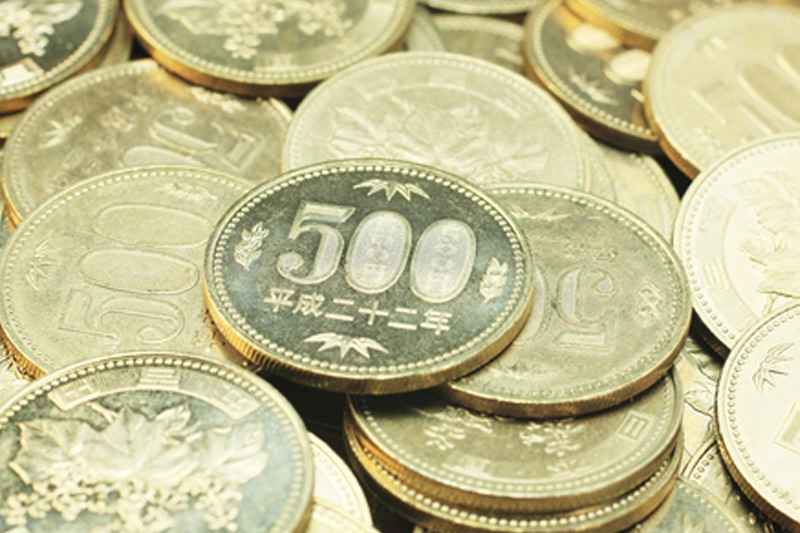Bullish indicating open at $55-$60, IPO prices at $37
On Thursday, the Japanese yen reached an eight-week high against the US dollar following a Bank of Japan (BOJ) policy board member’s support for continued interest rate hikes.
The yen’s surge contrasted with the British pound’s decline, as the Bank of England (BoE) reduced interest rates, aligning with expectations but coupled with a forecast for higher inflation and slower growth. Two officials even advocated for a deeper rate cut, which contributed to the pound’s 0.8% drop to $1.24065. This fall came after the pound had hit a one-month high of $1.2437 on Wednesday.
The BoE’s decision has led money markets to anticipate around 67 basis points of further easing by the end of the year. Despite the rate cut, some experts believe the pound’s losses may be contained due to the UK’s service-oriented economy, which is less exposed to trade war risks. Meanwhile, the dollar index rose to 107.92, staying close to its lowest level since the beginning of last week, as investors grew hopeful about avoiding a global trade war.
The dollar index has retreated 2% from its two-year peak of 110.17 on January 13, influenced partly by the Trump administration’s recent tariff decisions. President Trump suspended planned tariffs on Mexico and Canada but imposed additional 10% levies on Chinese imports. The market is also looking forward to the release of key US monthly payrolls figures on Friday, which will provide further insights into the US monetary policy direction.
In Japan, the yen strengthened to 151.81 per dollar, its strongest since December 12, after BOJ’s Naoki Tamura suggested a need for rate hikes to counter rising price risks. The yen later traded at 151.85 per dollar, slightly retreating from its peak. Tamura’s hawkish stance initially fueled buying in the yen, with the market now pricing in a quarter-percentage-point BOJ rate hike by September.
In contrast, a quarter-percentage-point rate cut by the Federal Reserve is fully expected for July, with a total of 46 basis points of reductions anticipated by December. The offshore yuan weakened slightly, and the Canadian dollar reached its highest level since December 17 before settling at C$1.43405 against the US dollar. The euro also saw a slight decrease, edging down 0.36% to $1.0363.
This article was generated with the support of AI and reviewed by an editor. For more information see our T&C.
